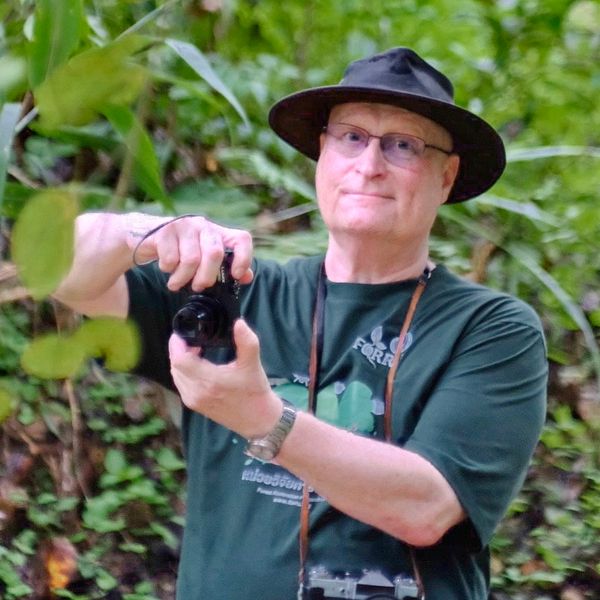Developing aerial seeding by UAVs: lessons from direct seeding

Shannon, D. P. & S. Elliott, 2020. Developing aerial seeding by UAVs: lessons from direct seeding. Chapter 5, pp74-83 in Elliott S., G, Gale & M. Robertson (Eds), Automated Forest Restoration: Could Robots Revive Rain Forests? Proceedings of a brain-storming workshop, Chiang Mai University, Thailand. 254 pp.
Contributors
ABSTRACT: Direct seeding means sowing the seeds of forest tree species directly into the substrate of restoration sites. It is cheaper than conventional tree planting, but seed predation is high and germination rates low, although various seed treatments and site management can reduce these limitations. Many of the species choices and seed treatments, developed for direct seeding, could be applied to aerial seeding by drones. Successful direct seedling depends on: i) site and species selection, ii) seed supply and quality, iii) site preparation, iv) sowing method and v) post-sowing management. Species/site matching systems are often contradictory or unreliable, so experimentation with species and subsequent monitoring are recommended. Seed supply will limit drone-seeding unless effective seed storage systems can be devised. Seed collection should aim to encompass as much genetic diversity as possible. Recalcitrant seeds must be sown at time of collection, but orthodox seeds can be sown at any time of year (if stored under appropriate conditions). Weeding is often, but not always, essential to the success of direct seeding. When extending direct seeding to drone-seeding, additional factors to consider include seed projectile design, achieving seed burial, optimum spacing between seeds and, perhaps the greatest challenge; automating weed control.
Click here to view other papers in this volume.



